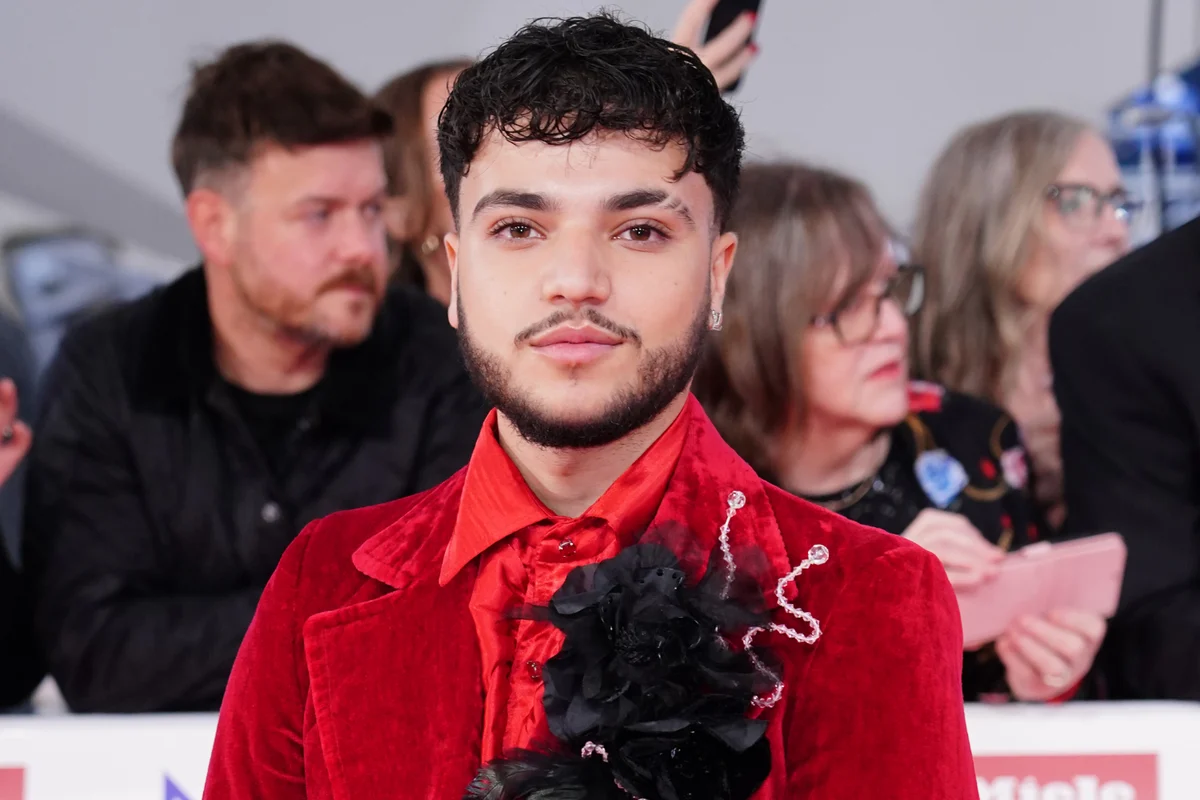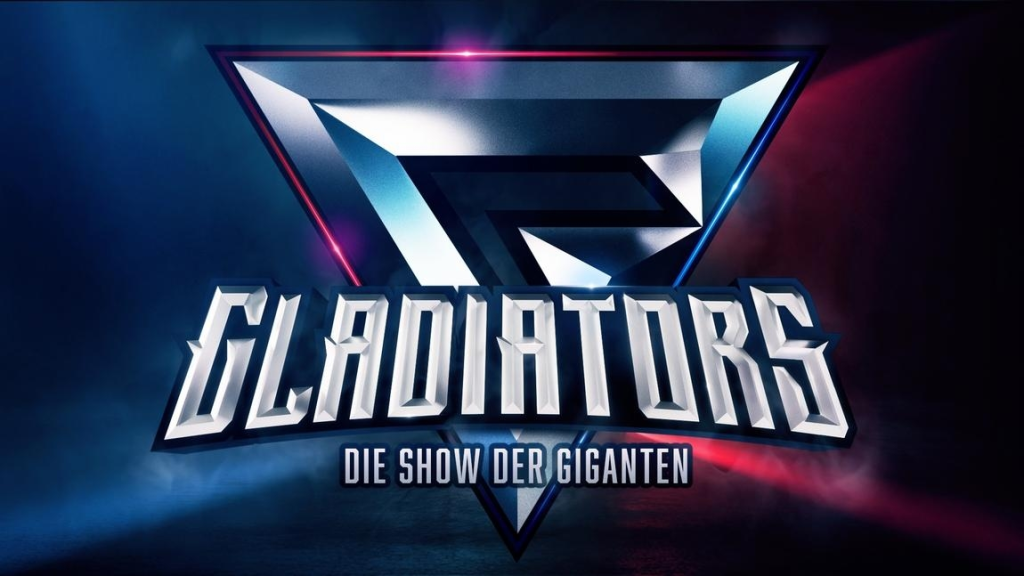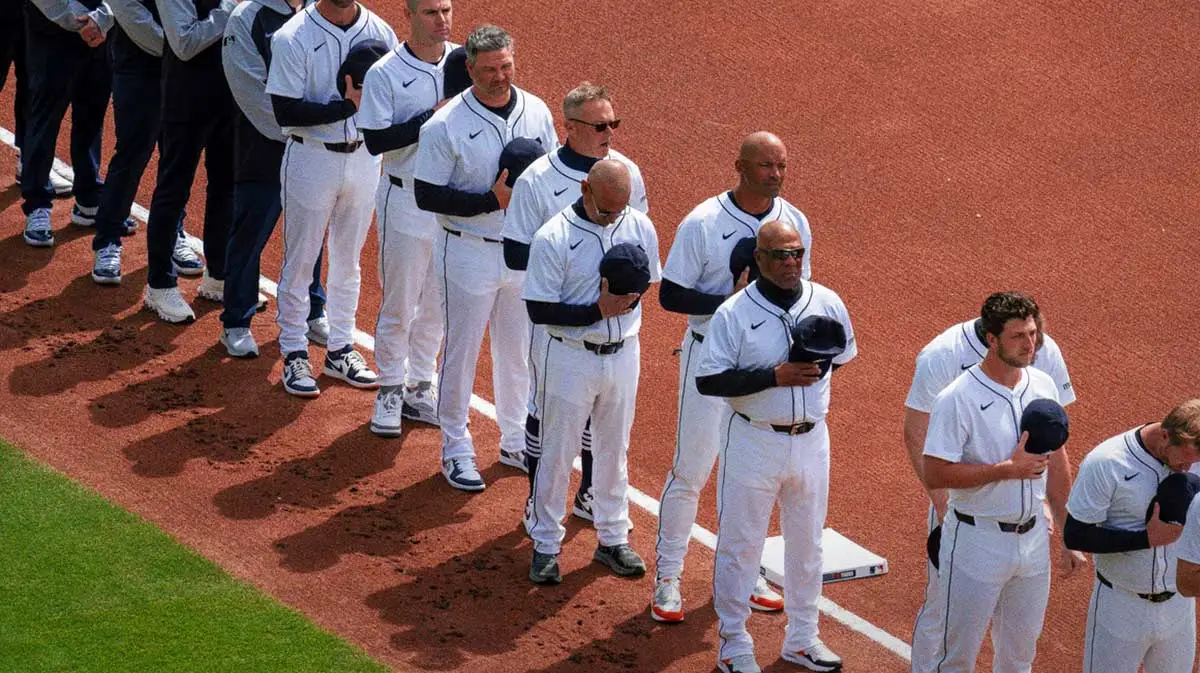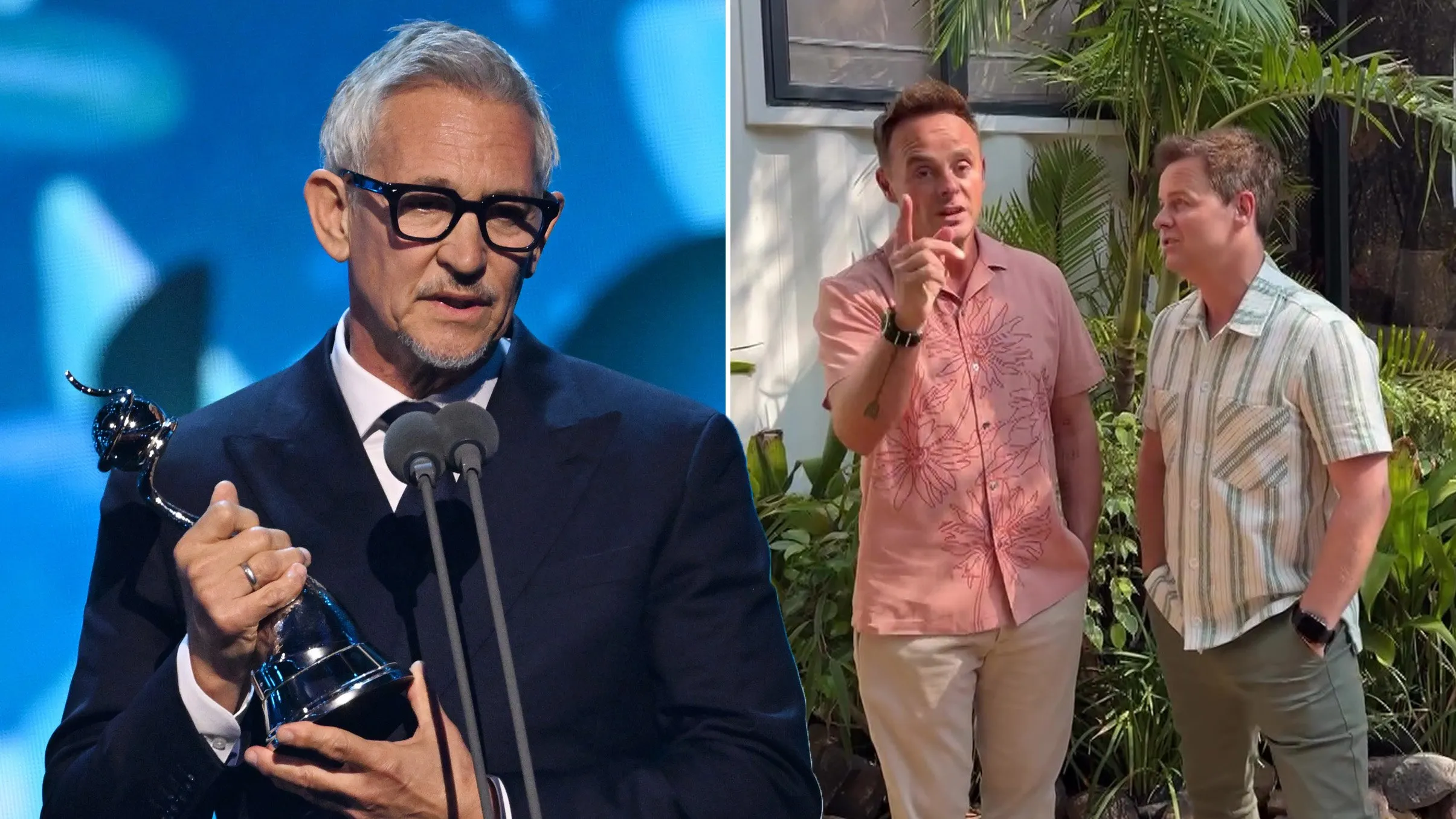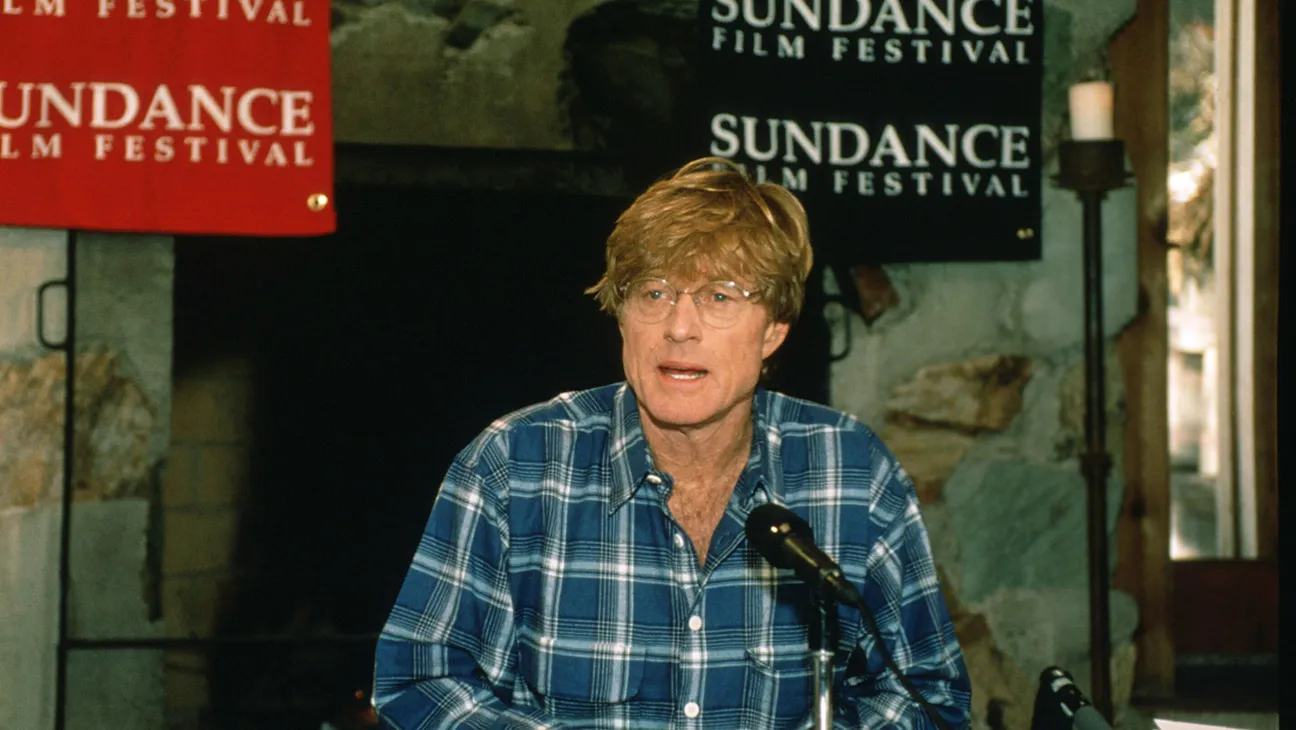
At the Sundance Institute’s filmmakers labs, Roger Ross Williams, the Oscar-winning documentarian, happened to be paired with Sundance Institute founder Robert Redford as a mentor.
Williams was prepping for his narrative feature debut, Cassandro. He tells The Hollywood Reporter, “I told Bob about my fears. I said, ‘I’m a documentarian, and I’m really nervous about making this transition and working with actors.’ He said, ‘Lean into your documentary experience. You’re way ahead of the game. You actually know how to tap into people and get them to open up.’”
Williams revealed to Redford that the scene that worried him the most was the film’s sex scene. “We were sitting at the table in the lunch room at the Sundance Resort, and he storyboarded the sex scene for me. He drew out the sex scene for me on the back of script pages,” remembers Williams, who has since had the pages framed and hung in his office.
Adds Williams, “When he was at the lab, he wasn’t this big Hollywood superstar. He was someone who really valued giving back to filmmakers like me. The celebrity melted away.”
Redford died Tuesday at his Utah home at the age of 89. He is remembered for onscreen roles that spanned drama, comedy, romance, western and action, from Barefoot in the Park and All the President’s Men to Butch Cassidy and the Sundance Kid (the film that inspired the name of his Institute), and directing turns like the Oscar-winning Ordinary People. But in the indie filmmaking community, he will likely be best remembered not for his work onscreen but instead at the base of a ski mountain.
From the filmmakers’ labs to its marquee Sundance Film Festival, the Redford-founded Sundance Institute has helped launch hundreds of careers, including Steven Soderbergh, Ryan Coogler, Gina Prince-Bythewood, Paul Thomas Anderson, Chloé Zhao and Quentin Tarantino.
Tom Bernard, the co-founder of Sony Pictures Classics, had been attending the Salt Lake-based US Film Festival, then the country’s preeminent indie fest, when he was connected to Redford, who wanted to figure out a way to support independent film in his home state of Utah.
Says Bernard, “It was a moment in time where there were a lot of people who wanted to make independent films. They had ideas, they had some financing, but they didn’t have the skills that you would learn in a union to be a cinematographer or a director. Bob wanted to put together a lab for the summer where he would invite all his friends from Hollywood to come with a selection of independent filmmakers.”
The Sundance Institute was founded and produced the first filmmaker lab in 1981. Filmmakers like Sydney Pollack, who worked with Redford on Out of Africa and Jeremiah Johnson, and Midnight Cowboy writer Waldo Salt traveled to Redford’s Sundance Mountain Resort to help mentor young filmmakers with independent features they were developing. (The actor purchased the land in 1969, saving it from developers looking to build condominiums in the Provo Canyon.)
According to famed critic Roger Ebert, in his report from that first 1981 gathering, the larger entertainment industry was wary of Redford’s ambitions at the time, with the thinking being the Sundance Institute was an attempt, as the critic wrote, to establish “his own mini-studio here on the mountain he is developing.” Redford countered that he did not have plans to produce the films developed at his filmmaker labs, telling Ebert, “They say I’m starting my own studio; I’m challenging the studios. Actually, I have no idea what this will turn out to be.”
Over the years, the labs expanded to include directing, screenwriting and producing programs, among others, under the guidance of Michelle Satter. But Redford was a constant presence.
Says Bernard, “You go out to the lab and he’s playing catch with somebody because he’s practicing for The Natural and then he would go check in with people about their films. It was a part of his life.”
And, of course, there is the film festival.
The Sundance Institute took over the US Film Festival, which had moved from Salt Lake to Park City, in 1985. (The name wasn’t officially changed to the Sundance Film Festival until 1991.)
As he told it, Redford, one of Hollywood’s brightest stars and best-known leading men, was imploring people to go into a 300-seat movie theater. “It was like a guy standing outside a speakeasy or something,” Redford said in an interview with The Hollywood Reporter in 2009 of handing out tickets in the early 1980s to Sundance Film Festival screenings at Park City’s The Egyptian theater. “People would say, ‘What are you doing here?’ And I’d say, ‘Well, there’s a thing we are doing.’”
That “thing” would become the nation’s top independent film festival, running for over four decades.
“It was about five years before I even knew we would succeed and stay alive,” Redford said in the 2009 interview, adding that a turning point for Sundance in the eyes of Hollywood was when a Columbia executive bought the Dennis Quaid drama The Big Easy out of the 1986 fest. But it was Steven Soderbergh’s Sex, Lies and Videotape that really put the festival on the map as a place for young filmmakers to debut cutting-edge work.
Wes Anderson screened his short film, Bottle Rocket, in 1993, while in 1998 Darren Aronofsky made his feature debut with Pi and Coogler screened his debut, Fruitvale Station, in 2013.
“I was there in ’91 with my first film that anyone would care to watch, Slacker,” Richard Linklater tells THR. “Slacker played in the competition, which is remarkable. It was such a weird film. It didn’t win any awards or anything, but it did help the film. It was just a good profile.” The director says that Sundance bridged the gap for filmmakers who weren’t first-timers but studios weren’t yet ready to take a chance on. He says, “I was always happy to show at Sundance. I was not a Sundance one-and-done-er by any means. I was very happy to always go back there.”
Linklater went back to the festival a couple of years later in 1995 with Before Sunrise. Says Linklater, “I was talking to Ethan Hawke today. We were just sharing Redford stories and saying he was so sweet. He got up and introduced [Before Sunrise], and I got eternal points with my parents and family. When they go to a screening and Robert Redford gets up there and introduces you and sings your praises, I was set for life with the family.”
For filmmakers, Sundance, whether screening a film in competition or attending the Institute’s labs, has long been a place of happy accidents, chance encounters and big breaks.
Barry Levinson headed to Utah after his feature film debut. “I had done Diner, which had already played in its national release. I was invited up to Sundance as a young writer-director for that weekend,” he tells THR. “When I had to head to the airport, I ran into Redford. He said hello and I said I was going to the airport. He said, ‘So am I. You need a ride?’ I got into his car, and it was quite the journey, in terms of him as a race car driver.”
Levinson continues, “We talked on the plane, and he said, ‘If you ever have an idea, give me a holler, and let’s talk.’” Levinson’s second feature film was The Natural.
The Sundance Film Festival’s storied run in Park City will come to an end after this year’s festival, the last in Utah before the fest heads to its new home of Boulder, Colorado, in 2027. Of the long-term future of the festival, Redford said in 2009, “My feeling is when the day comes when we’re no longer providing the mission we started with — not creating something for new audiences, creating new opportunities for new artists to have a place to come and develop — then we shouldn’t be here, and we won’t.”
As one of those filmmakers boosted by Redford’s Sundance, Linklater assesses, “I just can’t think of another person who had the impact on the filmmaking world — and I’m not hyperbolizing — in the way Redford did.”
Julian Scanton and Ryan Gajewski contributed to this report.
